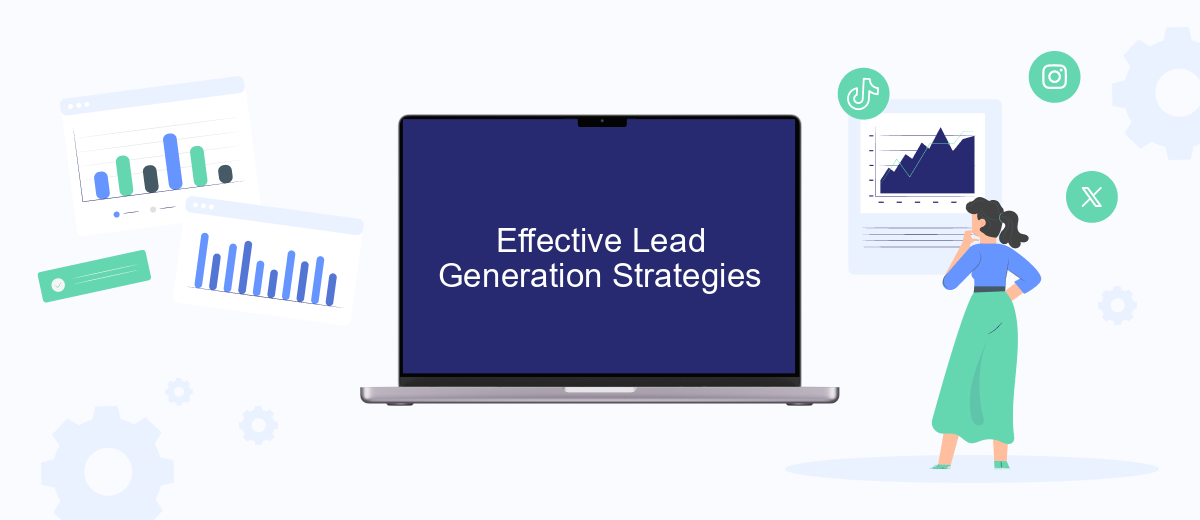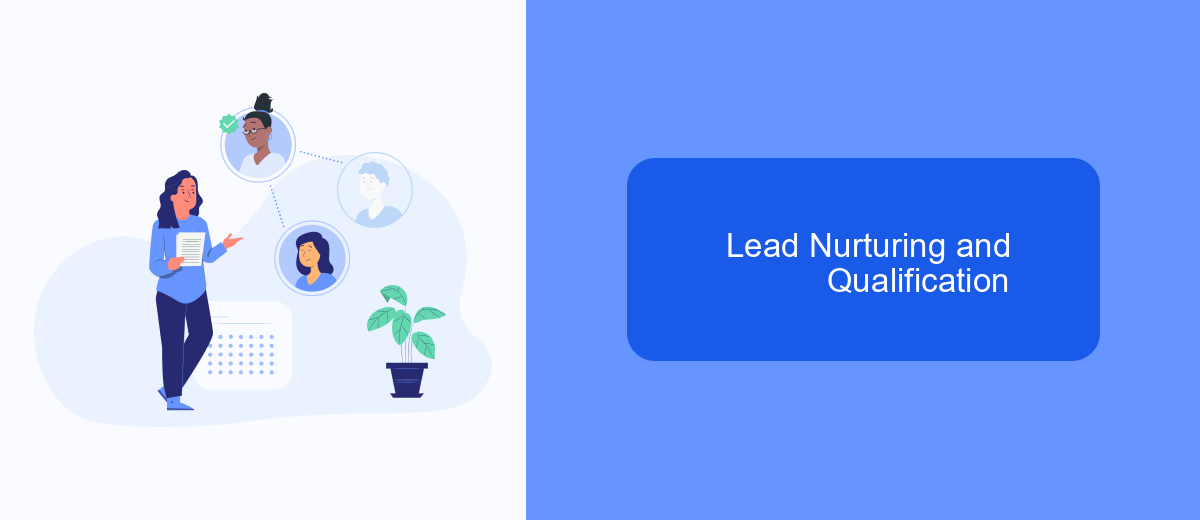Lead generation is a crucial component of any successful marketing strategy, serving as the foundation for attracting and converting potential customers. In today's competitive business landscape, understanding the intricacies of lead generation can significantly impact a company's growth and revenue. This article provides an overview of lead generation, exploring its key concepts, strategies, and tools that can help businesses effectively capture and nurture leads to drive sales.
Understanding Lead Generation Fundamentals
Lead generation is a critical component of a successful marketing strategy, focusing on identifying and attracting potential customers for a business's products or services. At its core, lead generation involves capturing interest through various channels and nurturing these prospects until they are ready to make a purchasing decision. Understanding the fundamentals of lead generation can significantly enhance a company's ability to convert prospects into loyal customers.
- Identifying Target Audience: Knowing who your ideal customers are and where they spend their time is crucial.
- Creating Valuable Content: Providing engaging and informative content that addresses the needs and pain points of your audience.
- Utilizing Multiple Channels: Leveraging social media, email marketing, SEO, and paid advertising to reach potential leads.
- Implementing Lead Capture Tools: Using forms, landing pages, and calls-to-action to gather contact information.
- Nurturing Leads: Building relationships through personalized communication and follow-ups.
By mastering these elements, businesses can establish a robust lead generation process that not only attracts high-quality leads but also fosters long-term customer relationships. This strategic approach ensures a steady pipeline of prospects, ultimately driving growth and profitability.
Identifying Your Target Audience

Identifying your target audience is a crucial step in the lead generation process. It involves understanding who your ideal customers are, what they need, and how your product or service can solve their problems. Start by analyzing your current customer base to identify common characteristics such as demographics, interests, and purchasing behavior. Use this data to create detailed buyer personas that represent your ideal customers. These personas will guide your marketing efforts, ensuring that your messages resonate with the right people.
Once you have a clear picture of your target audience, leverage tools and services to enhance your reach and engagement. SaveMyLeads can be instrumental in this phase by automating the integration of various marketing platforms, allowing you to seamlessly collect and manage leads. By connecting different services, you can efficiently track interactions and tailor your marketing strategies to meet the specific needs of your audience. This targeted approach not only improves lead quality but also increases the likelihood of conversions, ultimately driving business growth.
Effective Lead Generation Strategies

Effective lead generation is crucial for businesses aiming to expand their customer base and drive sales. By employing a strategic approach, companies can attract potential customers and convert them into qualified leads. An effective strategy involves understanding the target audience, leveraging technology, and maintaining consistent engagement.
- Content Marketing: Create valuable content that addresses the needs and interests of your target audience. This can include blog posts, e-books, webinars, and videos that provide solutions and insights.
- Social Media Engagement: Use platforms like LinkedIn, Facebook, and Instagram to connect with potential leads. Share engaging content and participate in discussions to increase brand visibility.
- Email Campaigns: Develop personalized email campaigns to nurture leads. Segment your audience and tailor messages to address specific pain points or interests.
- SEO Optimization: Ensure your website is optimized for search engines to attract organic traffic. Use relevant keywords, meta descriptions, and high-quality content to improve search rankings.
- Landing Pages: Design compelling landing pages with clear calls-to-action to capture lead information effectively. Use forms and incentives like free trials or discounts to encourage sign-ups.
By implementing these strategies, businesses can effectively generate and nurture leads, ultimately increasing their chances of converting prospects into loyal customers. Consistent evaluation and adaptation of these strategies are essential to meet the ever-evolving market demands.
Lead Nurturing and Qualification

Lead nurturing and qualification are crucial steps in the lead generation process, ensuring that potential customers are guided through the sales funnel effectively. Nurturing involves building relationships with leads by providing relevant content and personalized communication, helping them move closer to making a purchase decision. It requires a strategic approach, leveraging email marketing, social media, and targeted content to engage and educate leads.
Lead qualification, on the other hand, involves assessing the potential of leads to become paying customers. This process helps sales teams prioritize their efforts on leads with the highest likelihood of conversion. By defining specific criteria, businesses can categorize leads based on their readiness to buy, ensuring resources are allocated efficiently.
- Implement a lead scoring system to rank leads based on behavior and engagement.
- Use targeted content to address specific pain points and needs of leads.
- Regularly update lead data to ensure accurate qualification and segmentation.
By combining nurturing and qualification strategies, businesses can streamline their sales process, improving conversion rates and maximizing return on investment. A well-executed approach not only enhances customer relationships but also drives sustainable growth by focusing efforts on the most promising leads.
Measuring and Analyzing Lead Generation Results
To effectively measure and analyze lead generation results, it is crucial to establish clear key performance indicators (KPIs) such as conversion rates, cost per lead, and return on investment. By consistently tracking these metrics, businesses can gain insights into the effectiveness of their lead generation strategies and identify areas for improvement. Utilizing analytics tools and platforms can further enhance this process by providing real-time data and comprehensive reports that allow for informed decision-making.
Integrating your lead generation system with CRM tools can streamline data collection and analysis. Services like SaveMyLeads simplify this process by automating data transfers from lead generation platforms to CRM systems, ensuring that all relevant information is accurately captured and easily accessible. This integration not only saves time but also reduces the risk of data loss or errors, allowing businesses to focus on refining their strategies and optimizing lead quality. By leveraging such technologies, companies can maintain a competitive edge in the ever-evolving landscape of lead generation.
FAQ
What is lead generation, and why is it important for businesses?
How can businesses generate leads effectively?
What are some common lead generation tools and techniques?
How can automation improve the lead generation process?
What are the challenges in lead generation, and how can they be overcome?
Don't waste another minute manually transferring leads from Facebook to other systems. SaveMyLeads is a simple and effective tool that will allow you to automate this process so that you don't have to spend time on the routine. Try SaveMyLeads features, make sure that this tool will relieve your employees and after 5 minutes of settings your business will start working faster.
